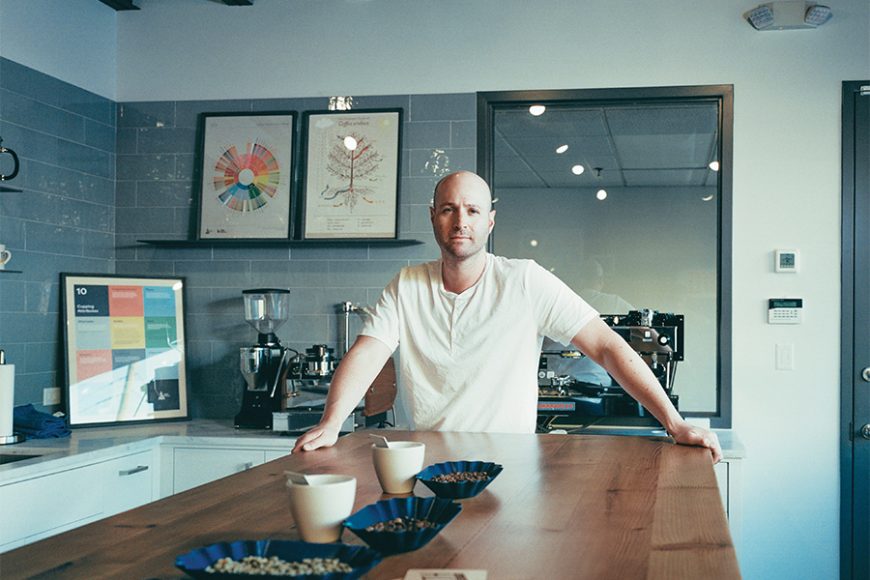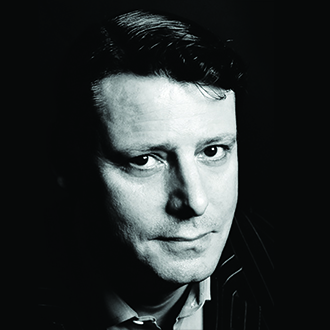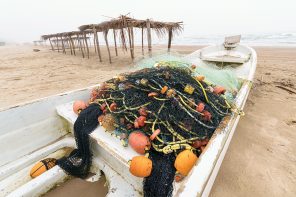Jason Richter knows good coffee. He is also far too nice to knock the bad. Working out of a family-owned building in Port Chester, the soft-spoken Richter could pass for a chemist or a lab technician, with his light beard and intense gaze. Although I don’t spy any tats, he could also hold his own with any Brooklyn barista.
He brings up the “S” word — the elephant in the room, if you will — almost immediately, so I don’t have to. “You see,” he says, adopting the patient manner of a schoolteacher, “it’s all about the roast. Starbucks roasts relatively dark, whereas we roast relatively light.” Richter says that people think a dark roast equals strong coffee or a fuller flavor, whereas the darker you roast, the smokier and “roastier” you get — but not necessarily the richer.
Does he actually go to Starbucks? “It’s not my preference,” he replies diplomatically, “but it’s all about personal choice.” He certainly doesn’t disparage it. “I actually have shares in Starbucks, “ he smiles.
For Richter, the secret of a good roast is to roast as lightly as possible while extracting maximum flavour. “When people hear ‘light roast,’ they assume the coffee has no flavor,” but coffee, he explains, is an agricultural product that changes as it ages.
The parallels between growing the cherries, harvesting the pits, or beans, and then roasting them, and the production of wine, are manifold. Yet the process to produce a single cup of coffee, as opposed to a bottle of wine, has even more variables and is even more complex. “Ultimately, there’s a step which can ruin coffee, or elevate it to the highest level,” Richter says. That step is the brew. Whereas wine is poured straight from the bottle and served cold or at room temperature, coffee must be brewed and served hot, the quality of the brew dependant, say, on your own aptitude or the talent of the barista, right at the end of the long production process.
“To get a good cup of coffee, so many things have had to have gone right,” he observes thoughtfully. “People think nothing about paying $18 a pour, or more, for good wine,” he adds, “but imagine asking that for a cup of coffee.”
He has a point, a strong point, and it forms the foundation of his business. A fourth-generation coffee roaster — his great-grandfather was the first to go into the business, with his dad establishing Empire Coffee Roaster in Port Chester in 1984 — Richter started his speciality division, Path Coffee Roasters, back in 2013, on Empire’s first floor, to focus on single origin coffees and blends. They are “unique, but still approachable,” he explains. In other words, nothing preposterous, but we do need to move beyond regular “Main Street” coffee outlets — Starbucks, McDonald’s and Dunkin’ Donuts — in order to let our palates grow, which in turn will allow us to enjoy the niche experience.
Richter invites me to savor some Guatemalan coffee he is testing this morning. It smells sweet and a bit crisp, with definite earth notes. (Is this by chance a kind of “noble rot” and is this the burgundy of coffee?) “People add milk and sugar because they’ve never tasted good coffee,” he asserts. “They miss the flavors which are enhanced, nuanced.” I inwardly congratulate myself as I always take my coffee black and sugarless. “I mean,” asks Richter, “do people add milk to wine?”
Richter proceeds to give me a cupping lesson — the coffee literally brewed right in the handle-less cup, a controlled, experimental way of tasting. We are going to be trying Ethiopian beans he’s roasted the previous day in his industry grade Ikawa roaster (at $4,000, a little out of range for most domestic coffee aficionados). He weighs the coffee and also the water, which is heated to an optimal 200 degrees, and pours it over the coffee, allowing it to brew until after about four minutes a crust has formed. After a few minutes more, he skims the crust and the coffee is then ready to taste. “Let’s slurp,” he says, swilling his coffee and taking sharp little intakes of breath, before spitting it out into a spittoon (in this case a paper cup.) Coffee sommelier would not be an inappropriate term.
Just like wine, even the age of the coffee makes a difference to the taste, Richter goes on to explain, the flavor developing after the coffee has been roasted, and peaking after a week or so. “When you roast coffee, it gives off carbon dioxide,” he tells me. “When you brew it on day one, it is still dense with gas. But by the seventh or eighth day, the water can penetrate much more easily. You get a better cup of coffee.”
While right now Path Coffee is just a lab and “cupping” room, where Richter trains his staff or tastes coffee with his restaurant and wholesale coffee partners, he has plans. He already hosts students and aspiring baristas and offers tastings to small groups — industry professionals or even a bunch of friends, for instance. But soon Path will be doing weekend pop-ups, with lots of reasonably priced coffee and light bites, like chocolate and granola, prepared by his wife, or possibly served from a food truck parked in the lot outside. (“It’s our own parking lot,” he says with a grin, “so we can do it.”).
With some bar seating, and the regular weekend bike riders passing right by the door, it will, he says, be fun for all and family friendly. “Something to look forward to,” as he modestly puts it, and I can’t help thinking he is right.
For more, visit pathcoffees.com.





